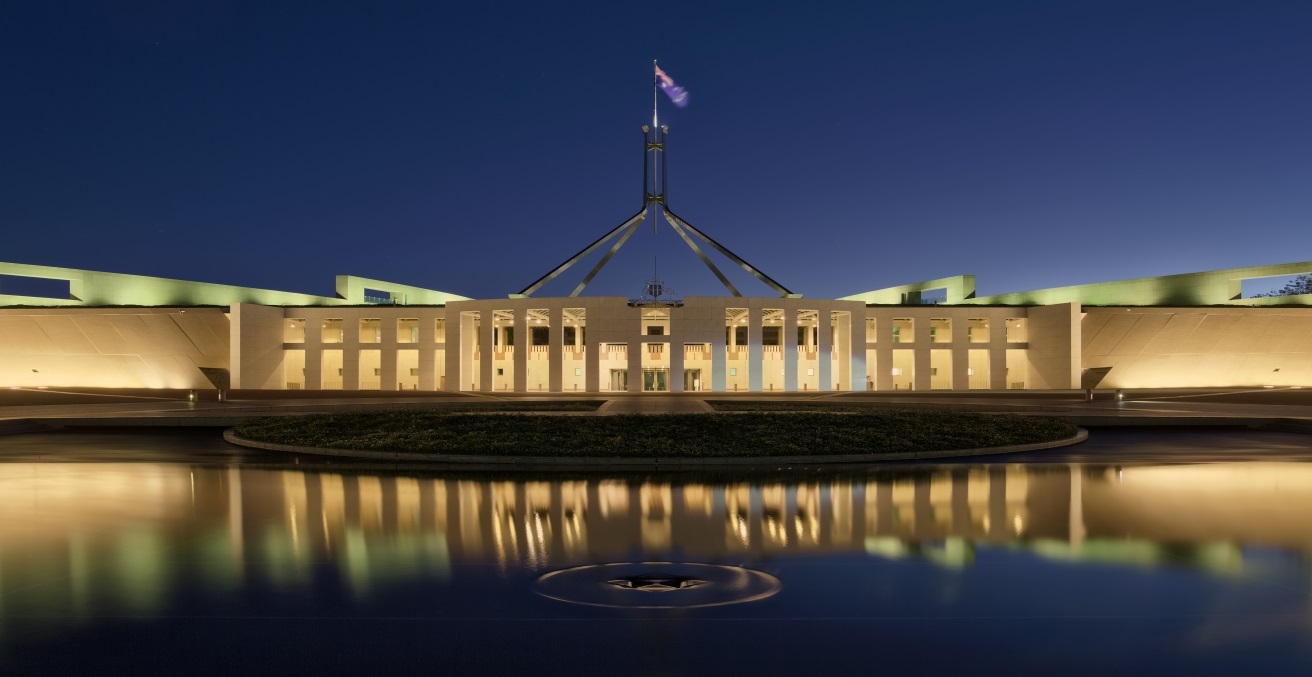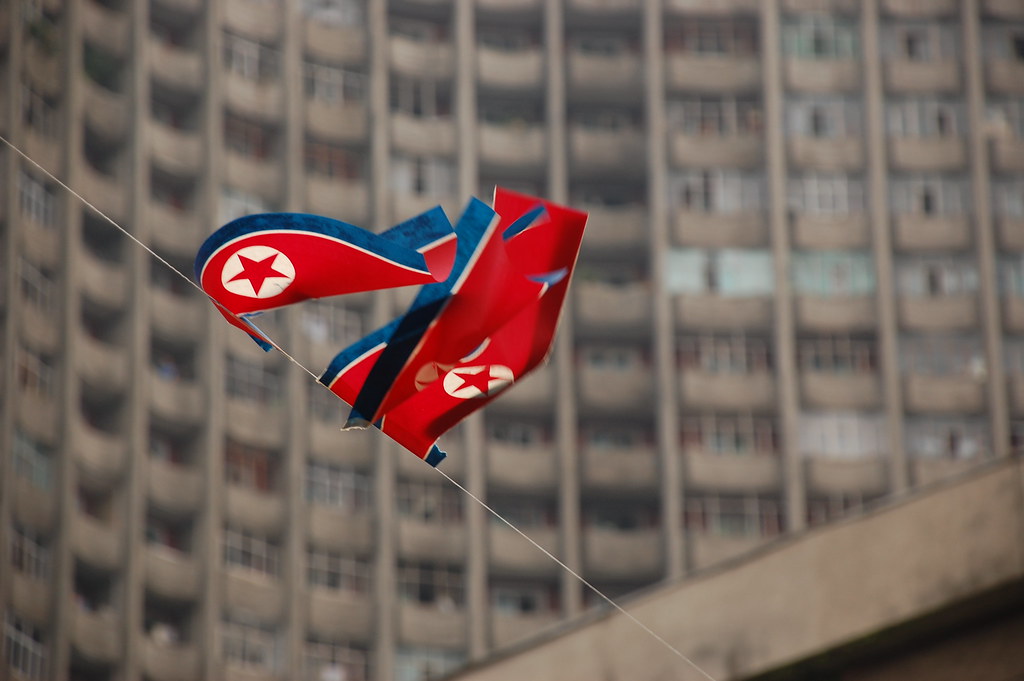The Missing Link in Australia’s Foreign Policy When the Sydney Morning Herald published its Explainer on Central Asia—featuring insights from myself, Associate Professor Kirill Nourzhanov and Dr Dilnoza Ubaydullaeva—I found myself asking two deceptively simple questions: Why does Australia need an explainer now—why has not it already established stronger relations with the region?
The Missing Link in Australia’s Foreign Policy
When the Sydney Morning Herald published its Explainer on Central Asia—featuring insights from myself, Associate Professor Kirill Nourzhanov and Dr Dilnoza Ubaydullaeva—I found myself asking two deceptively simple questions: Why does Australia need an explainer now—why has not it already established stronger relations with the region?
The answer to the first question is clear: Australians are increasingly interested in traveling to Central Asia. In the summer of 2025, tourism from Australia and New Zealand to the region surged. Kazakhstan alone has seen a staggering 1,550% increase in visitors compared to pre-COVID levels, while Uzbekistan has recorded a 137% rise. Overall, bookings to the region are up 66% this year—a striking signal that Australians are eager to explore the region.
The second question—why Australia should deepen its engagement—requires a more strategic lens. It demands reflection on Australia’s own vulnerabilities and ambitions in critical minerals and energy security. Central Asia is no longer a distant frontier, it is a region where Australia’s interests and values can and should find meaningful expression. Particularly, as its allies in the QUAD and strategic competitors like China are already deeply engaged in shaping the region’s future.
Critical Minerals & Energy Security
Critical minerals—such as lithium, cobalt, nickel, and rare earths—are essential to high-performance electronics, renewable energy systems, and defence applications. As countries move away from fossil fuels, global demand for these minerals is surging. Australia’s rich endowments offer strategic advantage, yet China’s dominance across supply chains poses risks to Australia’s net-zero ambitions and economic sovereignty.
Central Asia offers a compelling alternative. Kazakhstan, Uzbekistan, and Kyrgyzstan hold vast reserves of rare earths and strategic metals, while Tajikistan ranks among the global top 20 in zinc, aluminium, silver, copper, and lead reserves. Turkmenistan, albeit gas reliant, offers untapped solar potential in the Garagum Desert—where Australia could support pilot renewable energy projects.
Kazakhstan stands out as a natural partner for Australia. It holds the world’s largest chromium reserves (230 million metric tons) and is the second-largest global producer. It also ranks fifth in zinc and eighth in total ore reserves. Russia and China have already moved to secure Kazakhstan’s resources, with China signing several staregic agreements to develop rare earths. Likewise, Australia’s European partners have also been active in Kazakhstan, particularly Germany which signed an agreement in 2023 to develop lithium deposits in the East Kazakhstan region. HMS Bergbau AG plans to invest $200 million into litium exploration, with an additional $500 million set aside for mining.
Kazakhstan also holds 14% of the world’s uranium and became the leading global producer in 2009, meeting 40% of global demand today. The country is advancing plans for its first nuclear power plant, following a 2024 referendum, in which 70% of voters supported the initiative.
As a major uranium exporter, Australia could offer technical expertise and consultancy in plant design, safety, and governance—especially given Kazakh public distrust toward China and Russia, amidst geopolitical shifts. Australia must act quickly to remain competitive. Kazakhstan and Australia are often compared as ‘sister countries’—similar in size, population, and mineral wealth. Such collaboration would deepen diplomatic ties and open new avenues for energy trade and investment for both countries.
Uzbekistan is another large uranium supplier, fifth-largest globally, and ranks eleventh in confirmed copper reserves. Its relatively open economy makes it a promising alternative for Australian trade in CRMs.
Recent discoveries in Tajikistan’s Rash Valley region also should tilt Australia’s attention to Central Asia. Tantalum, critical in electronics manufacturing and niobium, in aerospace and construction industries, discovered last year has motivated the country to seek new partners—a timely opening for Australia.
Kyrgyzstan generates 90% of its electricity from hydropower, positioning it as a regional leader in green energy. The Toktagul Hydropower Plant, which supplies 40% of the country’s electricity, is undergoing turbine upgrades. However, the majority of the plants and infrastutructure are aging, pushing Kyrgyzstan to seek modernisation, making Australia a competitive partner given its establised expertise in Snowy Hydro Ltd.
Likewise, Kyrgyzstan launched construction of 250 MW solar power plant and 100 MW wind farm plant in July 2025, requiring foreign direct investment to develop these projects. China is already heavily involved: 250 MW solar power plant in Batken region will be funded 100% by China, making Kyrgyzstan even more dependent and close to debt trap diplomacy. Likewise, Russia’s State Atomic Energy Corporation Rosatom signed an agreement in 2024 to build Kyrgyzstan’s first wind farm with a potential of 100 MW in Issyk-Kul region. As Kyrgyzstan seeks to diversify away from traditional partners, Australia’s role as a transparent and values-driven investor is critical.
Turkmenistan and Tajikistan may be less immediately attractive for Australia due to their closed political systems and limited trade. Turkmenistan only appointed its first ambassador in 2024, and bilateral trade remains minimal ($1.1 million since 1992). Its gas exports are monopolised by China, and diversification appears unlikely—despite vast solar potential in the Garagum Desert.
Australia and Tajikistan established diplomatic relations in 1991, but neither maintains a resident embassy. Trade remains modest (3.6$ billion in 2022-2023), and engagement is sporadic. Still, targeted partnership in mining, energy, or education could lay groundwork for future cooperation.
Strategic Context: Allies and Rivals vs. Australia
China’s Belt and Road Initiative and Middle Corridor have poured billions into Central Asian infrastructure, mining, and energy projects. Russia maintains deep security, historic, and energy ties. Meanwhile, Australia’s QUAD partners—the U.S., Japan, and India—are expanding their presence through trade, education, and climate diplomacy. Germany, South Korea, and the broader EU are also active, recognising Central Asia’s strategic value.
Australia’s foreign policy engagement and strategic imagination stop at the borders of South Asia. The result is a blind spot—a missing northern flank in the very geopolitical contest Australia seeks to navigate. If Australia remains absent, it risks marginalisation in a region that is increasingly central to global supply chains, energy transitions, and geopolitical competition.
Central Asia is no longer a peripheral concern—it is a region of strategic consequence. For Australia, engaging with Central Asia is not just about countering rivals or following allies. It is about securing CRMs, advancing clean energy goals, and building resilient partnerships in a rapidly changing world. As such, Central Asia should matter to Australia because it is becoming a strategic crossroads—where great power competition and regional ambitions intersect in ways that directly impact Australia’s economic and geopolitical interests.
Gulshat Rozyyeva is a PhD Candidate at the Centre for Arab and Islamic Studies (Middle East and Central Asia) at the Australian National University.
This article is published under a Creative Commons License and may be republished with attribution.





